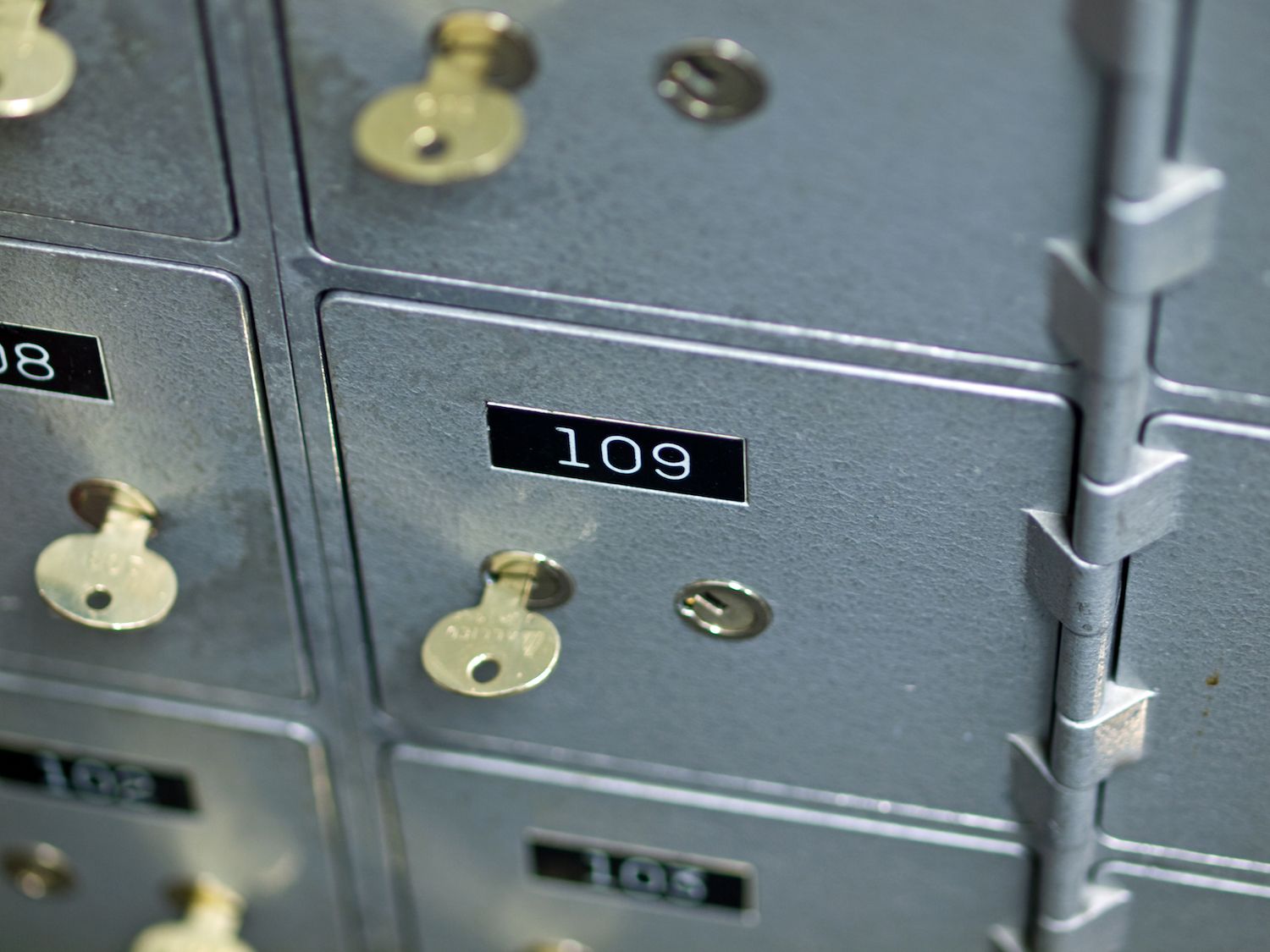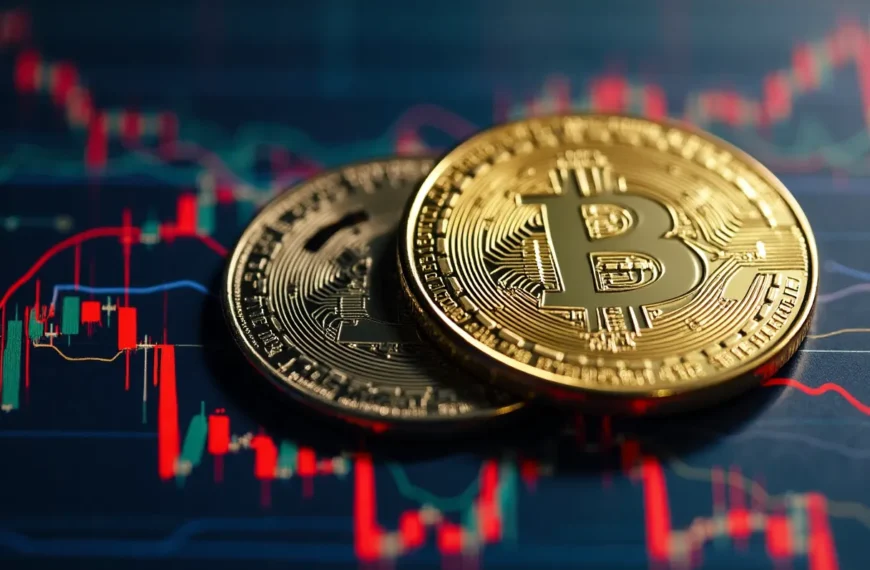Understanding the Shift in Safe Haven Assets
In recent years, the financial landscape has undergone significant transformations. Traditional safe-haven assets like gold and government bonds have long been considered the go-to options for investors seeking refuge during economic uncertainty. However, with the emergence of Bitcoin, many are questioning whether this digital asset is poised to take the lead in the realm of safe havens.
The Traditional Safe Havens: Gold and Bonds
Gold and bonds have been the staples of conservative investment strategies. Investors have relied on these assets to preserve capital and hedge against inflation.
- Gold: Known for its intrinsic value and historical significance, gold has been a trusted store of wealth for centuries. Its price tends to rise when economic instability looms, making it a popular choice among investors.
- Bonds: Particularly government bonds, are viewed as low-risk investments. They provide fixed interest payments and return the principal amount upon maturity, offering a sense of security that is attractive during tumultuous times.
While these assets have served their purpose well, they are beginning to face challenges from a new contender.
The Rise of Bitcoin
Bitcoin, the first and most well-known cryptocurrency, has gained significant traction since its inception in 2009. Initially regarded as a speculative asset, Bitcoin has matured and attracted the attention of institutional investors.
- Volatility: While Bitcoin is known for its price volatility, this characteristic is slowly changing. As the market matures and liquidity increases, Bitcoin’s price fluctuations may stabilize, making it more appealing as a safe-haven asset.
- Decentralization: Unlike gold and bonds, Bitcoin operates on a decentralized network, free from government control. This feature protects it from inflationary policies and economic downturns that might affect traditional assets.
Comparing Bitcoin with Gold and Bonds
As the narrative around Bitcoin evolves, it’s essential to examine how it stacks up against traditional safe havens like gold and bonds.
Performance During Economic Turmoil
Historically, gold has performed well during economic downturns, but recent events have shown a shift in investor behavior.
- Market Reactions: During the onset of the COVID-19 pandemic, gold saw an initial spike, but Bitcoin outperformed it in the following months. As institutional investors began to allocate a portion of their portfolios to Bitcoin, its price soared, indicating a change in perception.
- Inflation Hedge: In an environment of rising inflation, Bitcoin has been promoted as “digital gold.” Its limited supply of 21 million coins makes it a deflationary asset, which appeals to those looking to protect their purchasing power.
Accessibility and Liquidity
Another advantage Bitcoin has over traditional safe havens is its accessibility and liquidity.
- Global Reach: Bitcoin can be traded 24/7 across various platforms, making it more accessible to investors worldwide. In contrast, gold and bonds are often limited by market hours and geographical restrictions.
- Liquidity: The cryptocurrency market has grown exponentially, resulting in increased liquidity. Investors can easily buy and sell Bitcoin, providing a level of flexibility that gold and bonds may not offer.
The Psychological Shift Among Investors
As Bitcoin continues to gain acceptance, the psychological barriers that once deterred investors from considering it as a safe haven are beginning to diminish.
Institutional Adoption
The entry of institutional investors into the Bitcoin market has changed the narrative surrounding the cryptocurrency.
- Legitimacy: High-profile companies and investment funds have begun to allocate a portion of their assets to Bitcoin, lending credibility to its status as a legitimate investment.
- Trust and Confidence: As more institutions embrace Bitcoin, individual investors are likely to follow suit, further solidifying its position as a safe haven asset.
Changing Investor Mindsets
The younger generation of investors is increasingly open to alternative assets, including cryptocurrencies.
- Digital Natives: Millennials and Gen Z investors are more comfortable with technology and digital currencies, leading to a natural inclination towards Bitcoin as a means of preserving wealth.
- Shift in Values: This demographic prioritizes innovation and disruption, making Bitcoin an attractive proposition compared to traditional assets like gold and bonds.
The Future of Safe Havens: A New Era
As the landscape of safe-haven assets continues to evolve, Bitcoin is emerging as a formidable contender against gold and bonds.
Potential Challenges Ahead
Despite its advantages, Bitcoin still faces challenges that could impact its acceptance as a safe haven.
- Regulatory Scrutiny: Governments worldwide are increasingly scrutinizing cryptocurrencies, and the introduction of strict regulations could hinder Bitcoin’s growth and adoption.
- Market Sentiment: Bitcoin’s price is still influenced by market sentiment, which can lead to sharp downturns. This volatility may deter risk-averse investors seeking stability.
Conclusion
As investors navigate an ever-changing financial landscape, the allure of traditional safe havens is being challenged by the emergence of Bitcoin. With its potential for appreciation, unique properties, and growing institutional support, Bitcoin is positioning itself as a stronger safe haven than gold and bonds.
The future may see a more diversified approach to safe-haven investing, where Bitcoin plays an integral role alongside traditional assets. As this transformation unfolds, investors must stay informed and adapt their strategies to capitalize on the evolving opportunities in the market.






